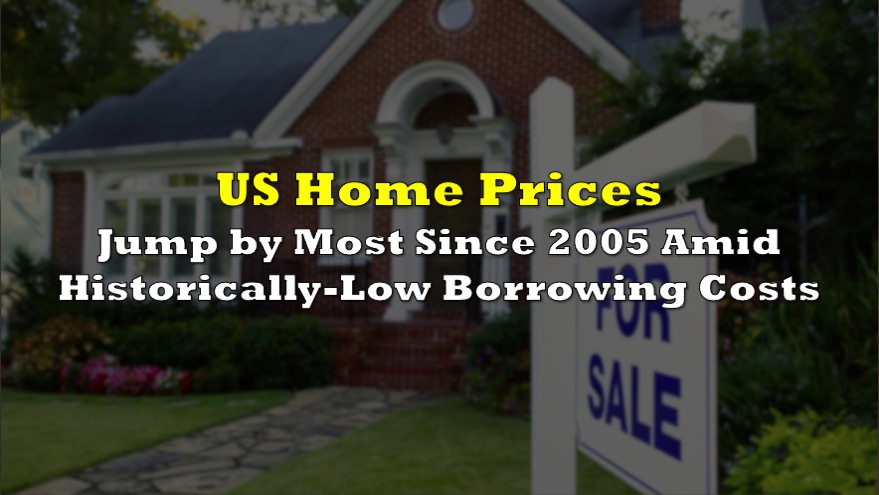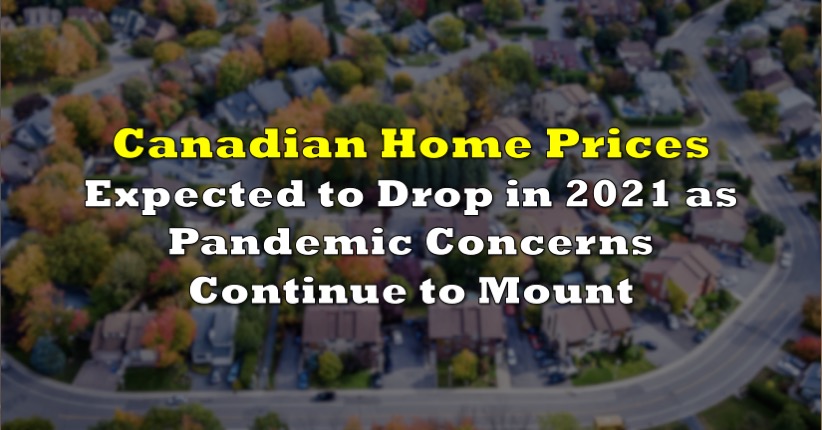A little-noticed change in federal mortgage rules would provide cheaper rates for home purchasers with riskier credit histories while forcing higher-credit homeowners to foot the bill.
Federally-backed home mortgage companies Fannie Mae and Freddie Mac will implement loan-level price adjustments (LLPAs) starting May 1 that will affect mortgages originated at commercial banks nationwide, from Wells Fargo to JPMorgan Chase, thereby changing the interest rates paid by the vast majority of homebuyers.
According to industry experts, the outcome is increased monthly mortgage payments for most purchasers – an unpleasant surprise for many who have worked for years to develop their credit only to face greater prices than expected as part of the US Federal Housing Finance Agency’s (FHFA) housing affordability campaign.
“It’s unprecedented,” added David Stevens, who served as Federal Housing Administration commissioner during the Obama administration. “My email is full from mortgage companies and CEOs [telling] me how unbelievably shocked they are by this move.”
LLPAs are upfront fees based on factors such as a borrower’s credit score and down payment size. Typically, the costs are turned into percentage points that affect the buyer’s mortgage rate.
The changes might complicate the already difficult mortgage application process and put more pressure on a crucial group of purchasers in a home market already in the grip of a catastrophic downturn, according to analysts. According to Freddie Mac data, the average 30-year mortgage rate was 6.27% last week, up from around 5% a year ago and more than twice as high as it was two years ago.
When factored into a long-term mortgage rate, the increase amounts to somewhat less than a quarter percentage point. According to Stevens’ estimates, a $400,000 loan with a 6% mortgage rate would result in a $40 monthly payment increase.
Meanwhile, purchasers with credit scores of 679 or lower will see their fees reduced, resulting in lower mortgage rates. When factored into the long-term mortgage rate, this amounts to a 0.4% to 0.5% savings.
A house buyer with a 740 FICO credit score and a 15% to 20% down payment will face a 1% surcharge under the current LLPA pricing structure, an increase of 0.750% above the previous fee of only 0.250%. On the other hand, a buyer with a 620 FICO credit score and a down payment of 5% or less, for example, receives a 1.75% fee savings, a reduction from the previous fee rate of 3.50% for that category.
Hey babe, don’t pay off the credit cards for the next few months, we need to drop our credit score to unlock this discount pic.twitter.com/qPvOvjLIZA
— Ramp Capital Guy (@RampCapitalLLC) April 21, 2023
When asked if the changes will hurt high-credit buyers, an FHFA official told The Washington Post that the agency is “tasked with ensuring [Fannie and Freddie] fulfill their role in any market condition,” adding that changes in long-term mortgage rates are a far bigger factor in determining finance conditions in the US housing market.
“The latest recalibration to the pricing framework that FHFA announced in January 2023 is minimal, by comparison, and maintains market stability,” the FHFA official said in a statement.
Overall, lower-credit buyers will continue to pay more in LLPA costs than high-credit buyers, but the recent amendments will narrow the gap.
The new pricing matrix also includes the contentious addition of a new tax for buyers with debt-to-income ratios pf more than 40% — a complicated policy that prompted quick criticism from the Mortgage Bankers Association and other industry groups, who said it would be impossible to administer.
Following the backlash, the FHFA stated last month that the debt-to-income fee will be delayed until at least Aug. 1 to “ensure a level playing field for all lenders to have sufficient time to deploy the fee.”
The cost structure modifications are the latest in a series of steps taken by the FHFA to increase affordability for “mission borrowers,” who are defined as first-time purchasers, low-income borrowers, and applicants from underserved neighborhoods.
The FHFA abolished upfront costs for first-time purchasers who earn at or below 100% of their area’s median income, or 120% in “high cost” areas, last year, but increased upfront fees on second homes and other bigger mortgage loans.
Information for this briefing was found via New York Post and the sources mentioned. The author has no securities or affiliations related to this organization. Not a recommendation to buy or sell. Always do additional research and consult a professional before purchasing a security. The author holds no licenses.








